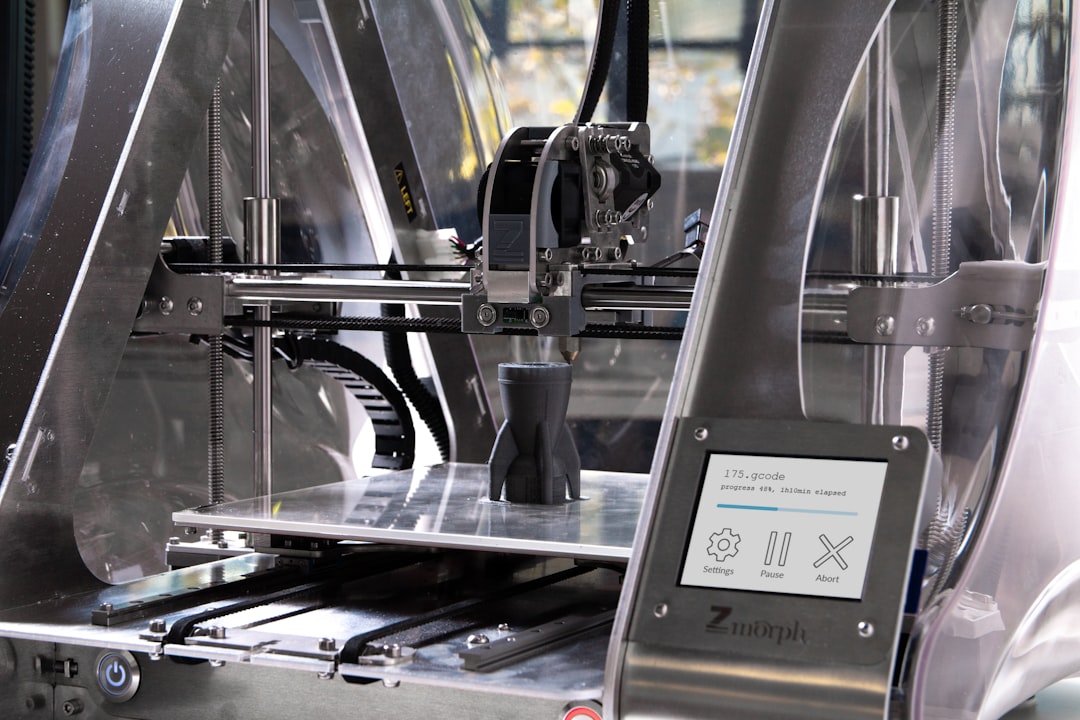In the modern business world, efficiency is king. As organizations strive to stay competitive in an increasingly digital landscape, they are turning to innovative technologies to streamline their operations and drive productivity. One such technology is Robotic Process Automation (RPA), a game-changing tool that has the potential to revolutionize the way businesses operate.
What is RPA?
RPA is a form of business process automation technology based on metaphorical software robots or artificial intelligence (AI). In simpler terms, it’s like hiring a virtual workforce to manage repetitive tasks that were previously handled by human employees. RPA utilizes bots to perform routine, rules-based tasks by mimicking human interaction with digital systems.
The Advantages: Efficiency, Accuracy, and Cost Reduction
The implementation of RPA brings numerous benefits. First and foremost, RPA can significantly increase productivity. By automating repetitive tasks, businesses can free up time for their employees to focus on more strategic, high-value tasks. This not only boosts employee morale but also enhances the overall efficiency of operations.
Furthermore, RPA can drastically reduce errors. Bots, unlike humans, are immune to fatigue and can work around the clock without a drop in performance. This leads to improved accuracy, especially in meticulous tasks like data entry or report generation.
Cost reduction is another major advantage of RPA. With bots handling tasks, businesses can save on labor costs. Additionally, the faster processing times lead to lower operational costs, making RPA a financially sound investment.
Real-World Applications of RPA
Businesses across various industries have been reaping the benefits of RPA. For instance, in the banking sector, RPA has been used to automate processes like loan processing and fraud detection, leading to faster service and improved customer satisfaction. In the healthcare industry, RPA has streamlined administrative tasks like patient scheduling and billing, freeing up time for healthcare professionals to focus on patient care.
The Potential Drawbacks
While RPA offers considerable benefits, it's important to note potential drawbacks. One concern is job displacement, as automation could potentially replace human roles. However, many experts argue that RPA will create new jobs by freeing up humans to focus on tasks that require complex problem-solving and creativity.
Another challenge is the initial cost and complexity of implementing RPA. Businesses need to invest in the right infrastructure and training to fully leverage this technology. However, with the right strategy and execution, the long-term benefits can far outweigh these initial costs.
The Future of RPA
The future of RPA looks promising. As AI and machine learning continue to evolve, RPA will become even more intelligent and capable. It’s not just about automating tasks anymore; it’s about augmenting human capabilities and driving strategic business transformation.
In conclusion, RPA is not just a trend but a fundamental shift in how businesses operate. By driving productivity, reducing costs, and improving accuracy, RPA empowers businesses to thrive in the digital age. While challenges exist, the vast potential of this technology makes it a compelling investment for businesses looking to stay ahead in the competitive landscape.
